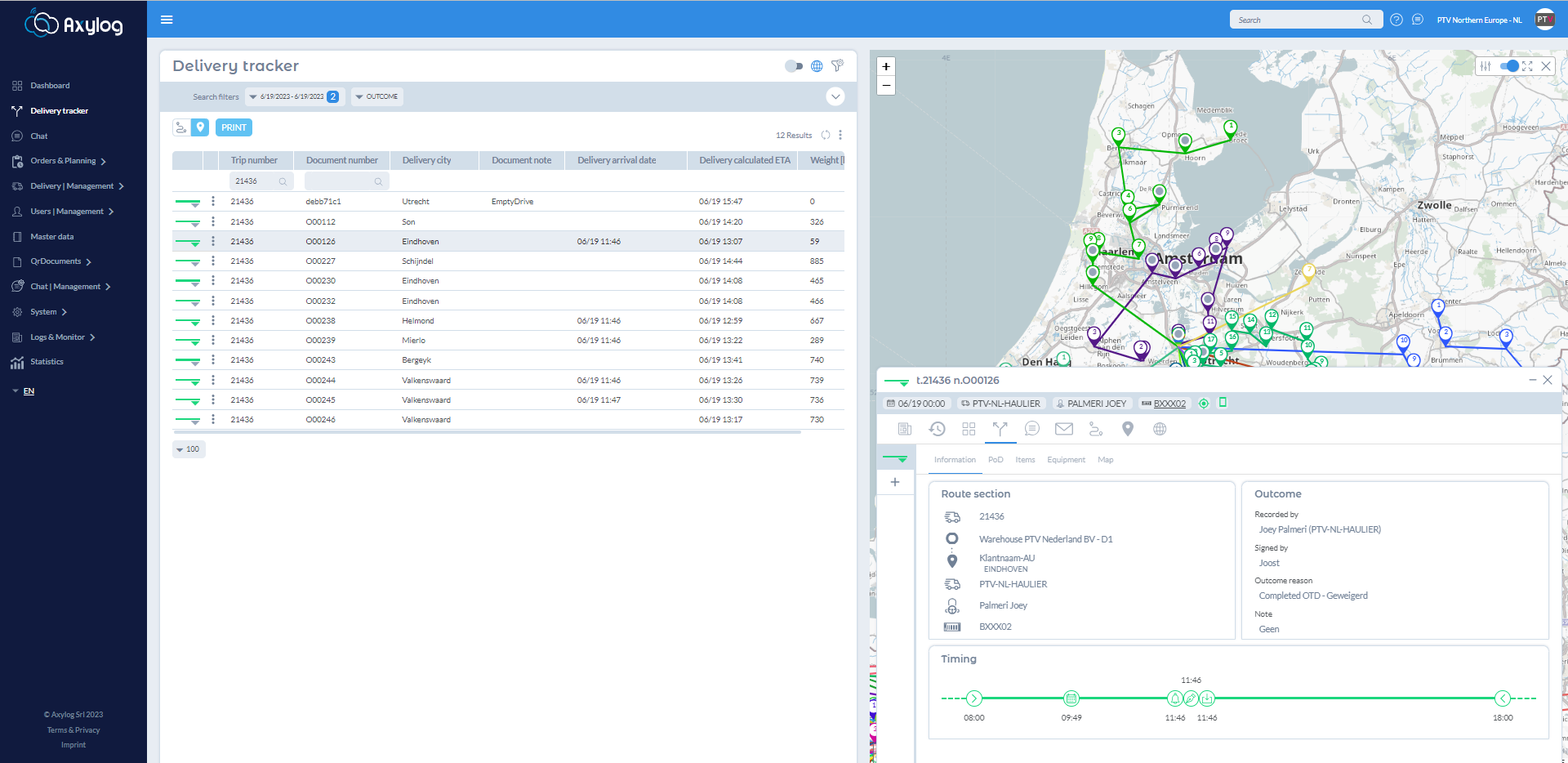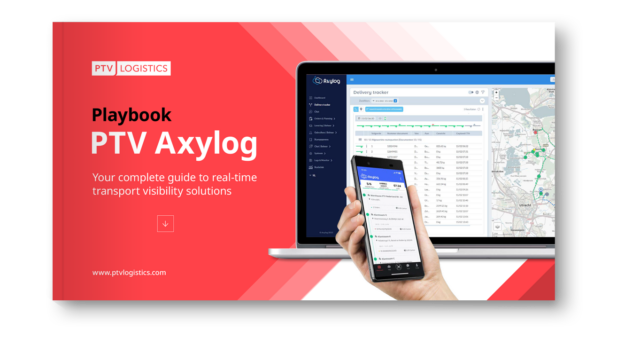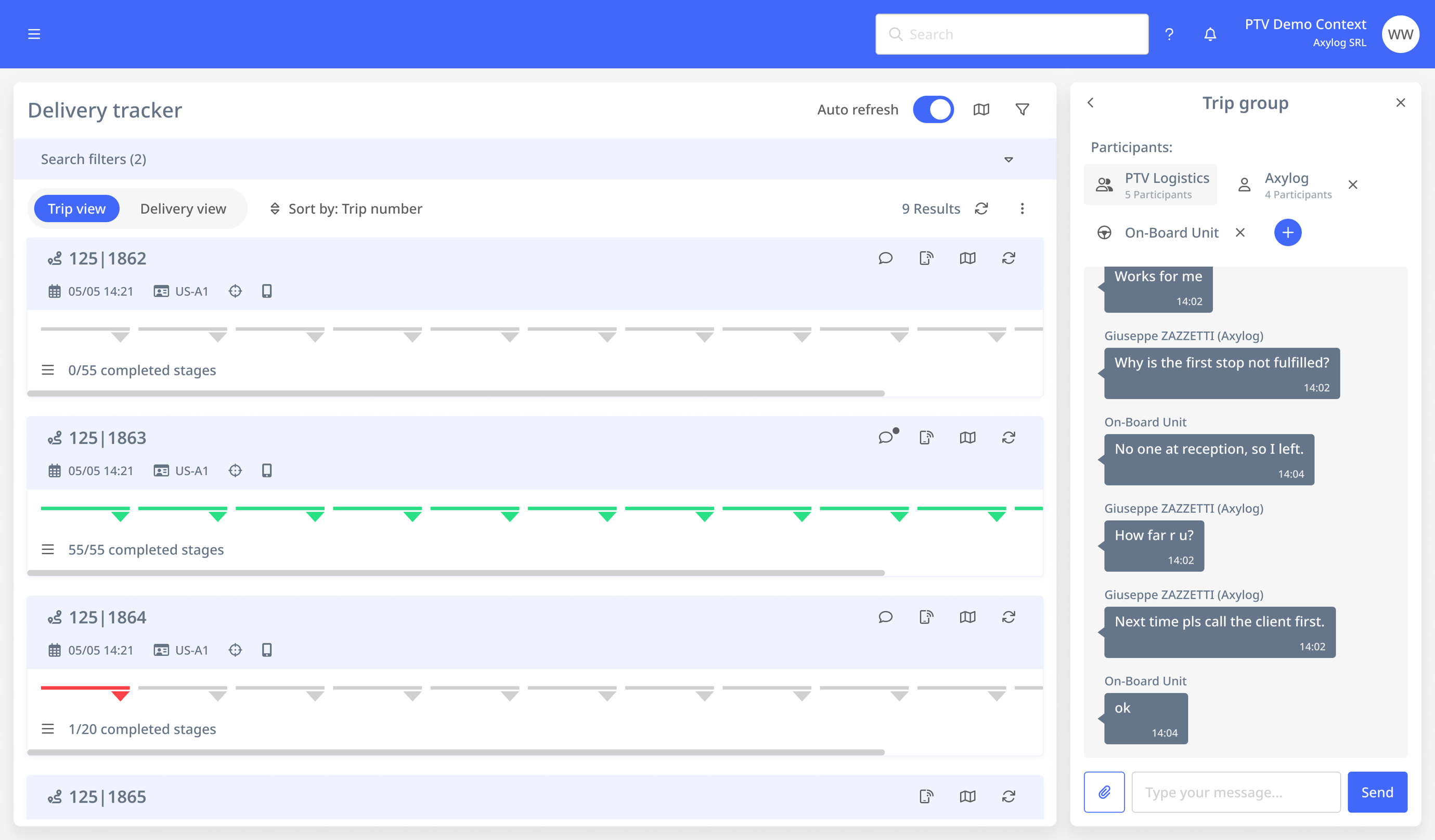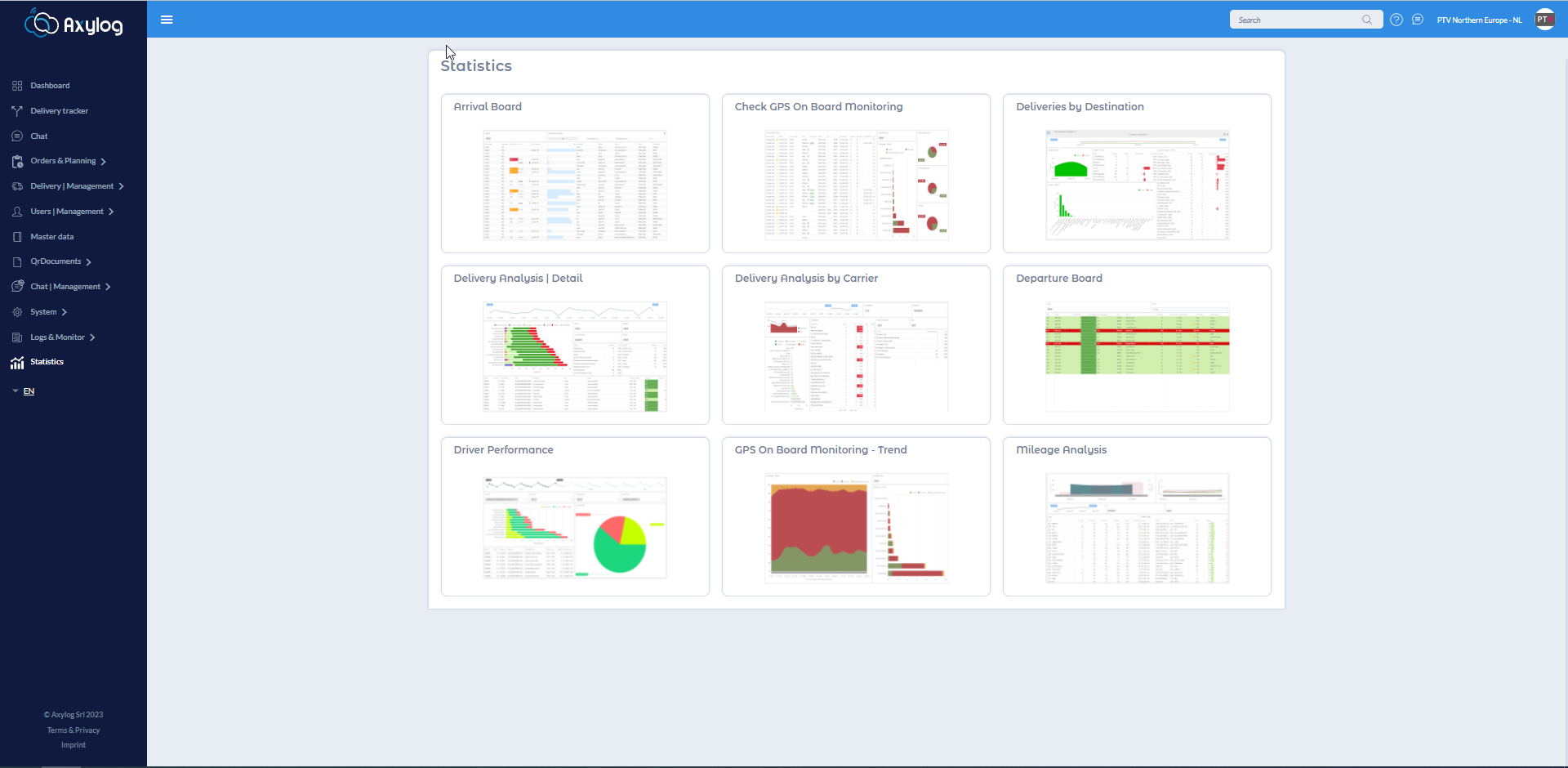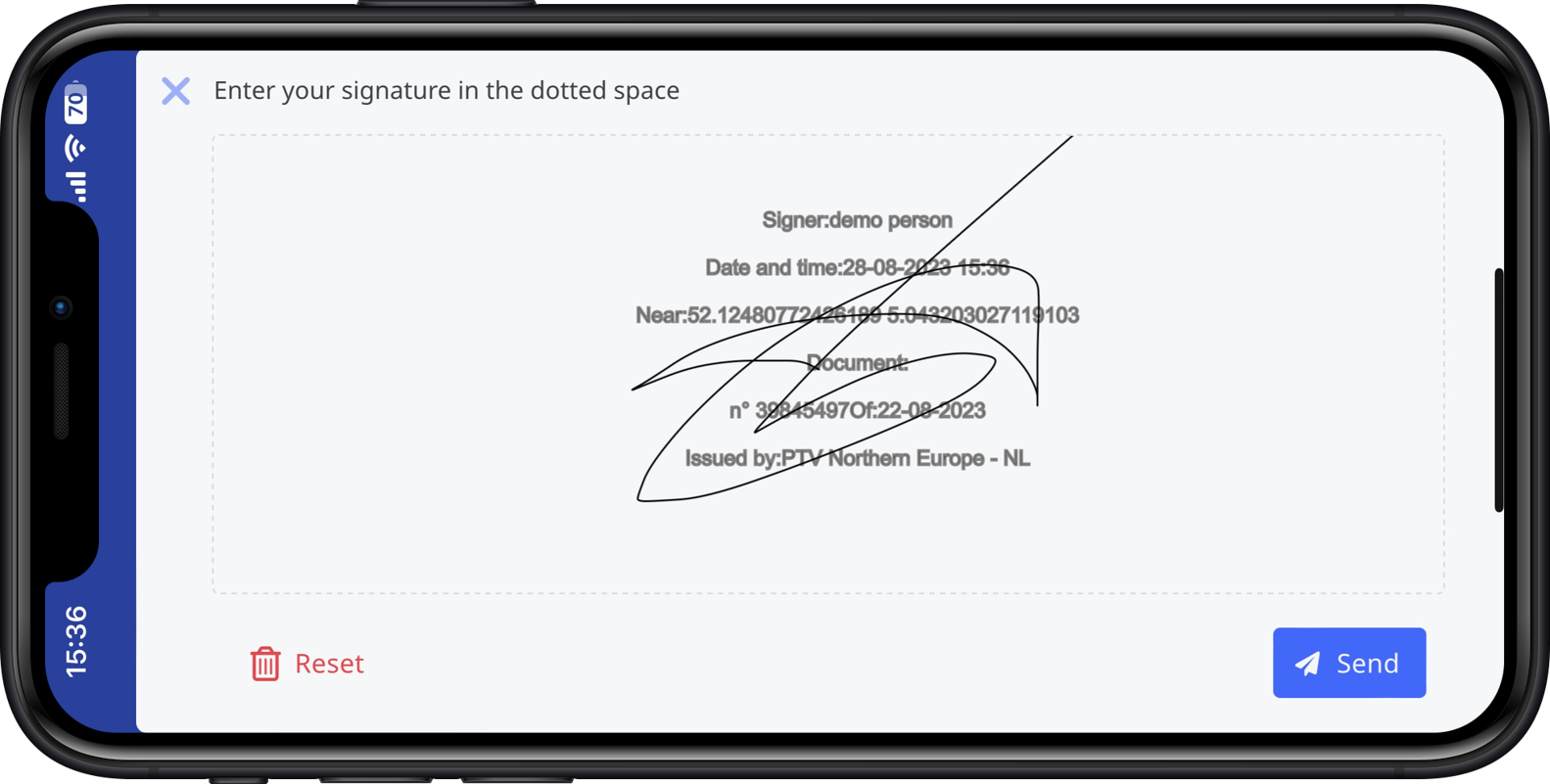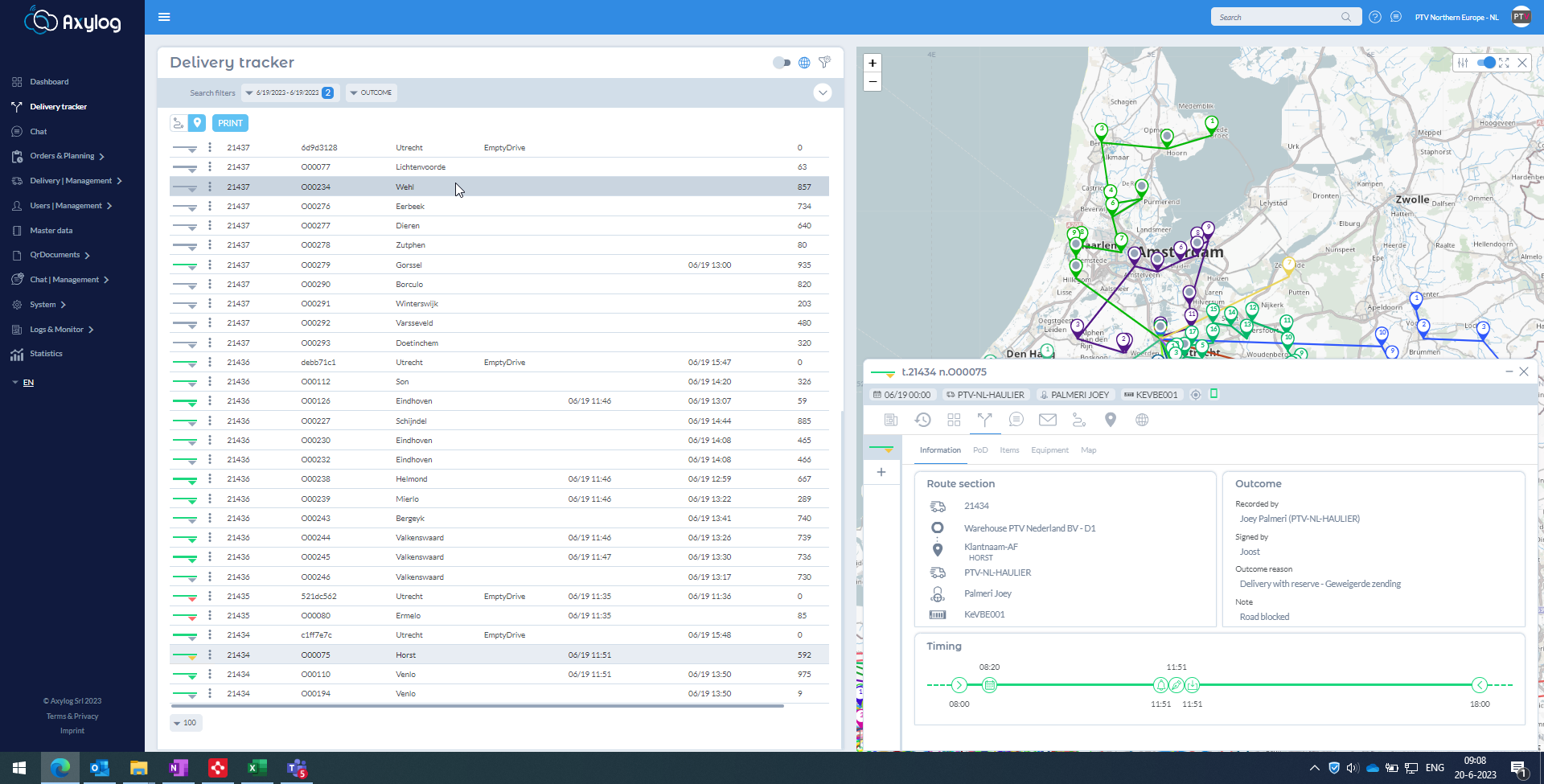Transport control tower (TCT) software is increasingly becoming an essential tool for those within the logistics industry. With the global logistics landscape becoming more complex, and customers demanding faster turnaround times, it’s important to know the status of your deliveries so that you can respond to disruptions quickly, creating minimal impact. That means traditional methods of managing transport operations are no longer enough if you want to continue delivering high-quality service.
Instead, you need to consider using technology to help you and that’s where TCT software comes in. If you don’t know what a transport control tower is, read more about it! If you’re still unsure whether it can help improve your business, here are ten reasons why you might want to invest in it.
2. Better risk management
Real-time visibility also allows you to pre-empt and plan for potential disruptions that might occur. TCTs pull in data from multiple sources, such as live traffic updates and driver performance metrics, which enables you to understand if there is a risk of delay and change plans if necessary to minimise the impact.
3. Centralized databases
Because TCT software connects different data sources and gathers information on one centralized platform, it creates a single source of truth for everyone to work from. This not only improves accuracy around record-keeping, but it also helps different stakeholders make more aligned decisions.
Get your free playbook!
Not convinced why you should invest in transport control tower software?
Download our playbook! This playbook clarifies how a control tower helps you regain control over your transport operation.
4. Improved communication
Aligned decision making is enabled by better communication and TCTs connect all parts of the transport supply chain, including suppliers, operations and logistics managers, drivers and the end customer. Customisable dashboards and reports mean everyone can stay informed, and tools such as driver apps and live chat options make it easier for them to communicate directly.
5. Advanced analytics
Many TCTs not only provide full visibility of operations, but they also analyse this data to provide insights that can be used to make more strategic decisions in the moment and long-term. For example, AI and machine learning algorithms can help determine more accurate ETAs to help planners prepare for disruptions. And when data is analysed over a longer period, recurring disruptions or anomalies can be identified and factored into future route planning.
6. Greater efficiency over business processes
TCT software enables many processes to be automated, such as gathering and storing data in a central database, processing digital documentation from each delivery, and alerting customers of ETAs or changes to delivery schedules. This means fewer steps are needed to complete a delivery process, freeing up employees’ time to focus on more strategic business tasks.
7. Bigger cost savings
Efficiencies also result in cost savings. Automation reduces the amount you need to spend on workers doing tasks that add little value to the business instead of those whose work has a greater impact on revenue. Digital documentation and automatic data collection also reduces paper costs, and by centralising multiple business processes into one technology, you can save money on other software that might be duplicating certain functions.
8. Increased security
By working with digital documentation and automatically collecting and storing data through a TCT you remove the risk of human error. There is no physical paperwork that can be lost and tools such as electronic proof of delivery (ePOD) provides evidence that a parcel has been received safely. TCT software also makes it easier to comply with data protection regulation and helps you to better organise your records for auditing purposes.
9. Better customer service
Because TCT software enables you to pre-empt and reduce the impact of potential disruptions, it means your customers will be more likely to receive their delivery on time. In case delays are unavoidable, accurate ETA’s and real-time notifications can quickly alert them so they can make plans to mitigate the impact of the delay on their business. The more streamlined processes that TCTs allow also benefit the customer, as it makes the ordering and receiving process more efficient and reduces the amount of paperwork they need to manage.
10. More sustainable business practices
Finally, not only do TCTs remove the need for paper with the move to digitized processes, but the advanced analytics element of the software enables more sustainable decision-making. Data collected from historic deliveries can be analyzed and used to plan more strategic routes by avoiding those that might result in lower fuel efficiency or require more detours.
These are just ten reasons why you should consider using transport control tower software, but you can only really know the benefit it will bring to your business by trying it within your own transport operations.

